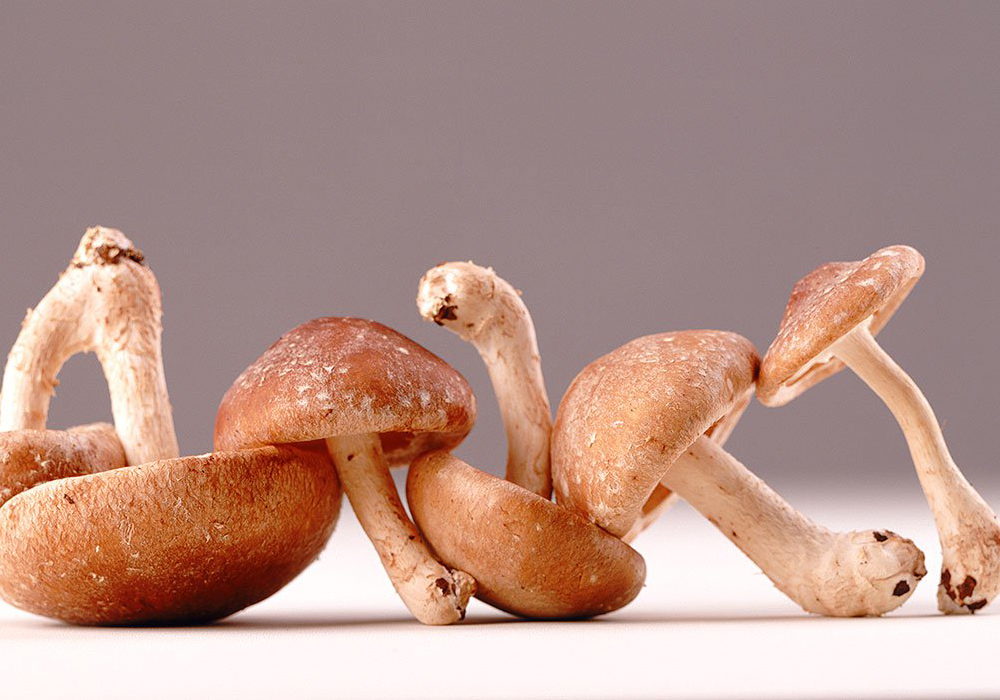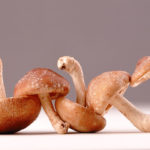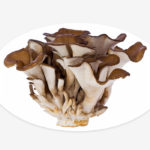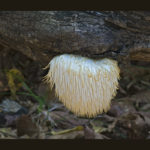Scientific evidence supports the view that diet controls and modulates many functions of the human body and, accordingly, participates in the maintenance of the state of good health or homeostasis.
In the developed nations of the world many causes of death or disability such as coronary heart disease, strokes, diabetes, atherosclerosis, obesity and certain forms of cancer can, in considerable part, be attributed to diet. Poor food selection and restricted dietary intake can affect the nutritional status of an individual at any stage of life and can lead to impairment of long term health. Over the last few decades the science of nutrition has progressed from being largely epidemiologically based to the greater understanding of the physiological and genetic mechanisms by which diet and individual food components influence health and disease. It is indeed a paradox that nutrition is essential to support life but can also be considered as a causation of many chronic diseases.
Arising from the awareness of the relationship between diet and disease, has evolved the concept of “functional foods” and the development of a new scientific discipline “functional food science”. A food may be considered to be functional if it contains a food component (whether a nutrient or not) which affects one or more identified functions in the body in a positive manner. Functional food science is now considered as a part of nutritional science in which the primary objectives are to maintain good health, improve homeostasis and to create the conditions for disease risk reduction. In this way it should be seen to be quite distinct from the medical and pharmaceutical sciences where the objectives are mainly to cure or control diseases.
Many mushrooms have long been valued as tasty, nutritious food by different societies worldwide. To the ancient Romans they were “the foods of the Gods” resulting from bolts of lightening thrown to the earth by Jupiter during thunder storms; the Egyptians considered them as “a gift from the God Osiris”; while the Chinese viewed them as “the elixir of life”.
Mushrooms have long been valued as highly tasty and nutritional foods by many societies throughout the world. Early civilizations, by trial and error built up a practical knowledge of those suitable to eat and those to be avoided, e.g., poisonous or even psychotropic. Mushrooms are considered to be a good source of digestible proteins with protein content above most vegetables and somewhat less than most meats and milk. Protein content can vary from 10-40% on a dry weight basis. Mushrooms contain all the essential amino acids, but can be limiting in the sulphur-containing amino acids, cystine and methionine. Fresh mushrooms contain 3-21% carbohydrates and 3-35% fibre on a dry weight basis. Thus, a considerable proportion of the carbohydrate of mushrooms consists of dietary fibre which cannot be easily digested by humans and which function essentially as dietary fibre; in this way the calorific value of most mushrooms is low. Mushrooms probably contain every mineral present in their growth substrate including substantial quantities of phosphorous and potassium, lesser amounts of calcium and iron. Mushrooms appear to be an excellent source of vitamins especially thiamine (B1), riboflavin (B2), niacin, biotin and ascorbic acid (Vit C). Vitamins A and D are relatively uncommon although several species contain detectable amounts of β-carotine and ergosterol which converts to active vitamin D when exposed to ultraviolet irradiation. While crude fat in mushrooms contains all the main classes of lipid compounds including free fatty acids, mono-, di- and triglycerides, sterols, sterol esters and phospholipids levels are generally low, around 2-8% of dry weight. Without doubt, edible mushrooms in fresh, cooked or processed forms are a nutritionally sound, tasteful food source for most people and can be a significant dietary component for vegetarians . In China, the term Yakuzen is generally used for medicinal food dishes of mushrooms.







Share the Post